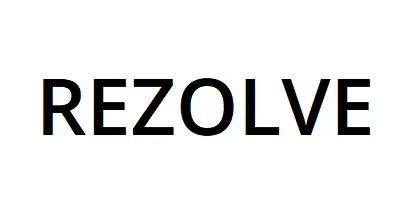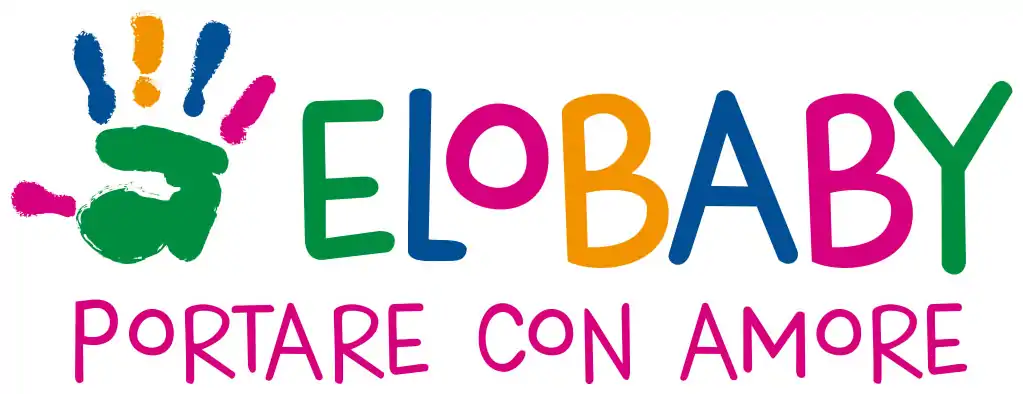Understanding Queues
Queues play a vital role in our daily routines, whether we notice them or not. But what exactly is a queue, and where did it all begin?
Defining a Queue
At its core, a queue is a line-up. Think of it as a way to organise items or people in a specific order. This order is usually first-come, first-served. Whether you're lining up at a coffee shop or waiting for a bus, queues keep everything moving smoothly. Imagine the chaos without them!
Historical Origins
Queues aren't a new concept. They have been around for centuries. In fact, people have been lining up since ancient times to ensure fairness. In the past, queuing helped distribute food and resources efficiently. This simple system has stood the test of time, proving its effectiveness.
Everyday Examples
You encounter queues more often than you realise. Consider supermarkets, where you stand in line at the checkout. Or think about how tasks line up on your computer's processor. Even digital spaces, like online customer service, use queues to manage requests. These examples show how integral queues are to keeping life organised.
Types of Queues
With a basic understanding of queues, let's explore the various forms they take in our world.
Physical vs Virtual
Physical queues are those you can see and touch. Think of people lined up at a cinema or cars waiting at a traffic light. On the other hand, virtual queues exist in digital spaces. When you download files or stream videos, you're part of a virtual queue. Both types keep services running smoothly, even if you can't always see them.
Priority Queues
Not all queues are first-come, first-served. In some cases, certain tasks or individuals jump ahead in line. This is where priority queues come into play. Airlines often use priority boarding for premium passengers. Similarly, computers prioritise urgent tasks to ensure swift operation. This system caters to pressing needs efficiently.























